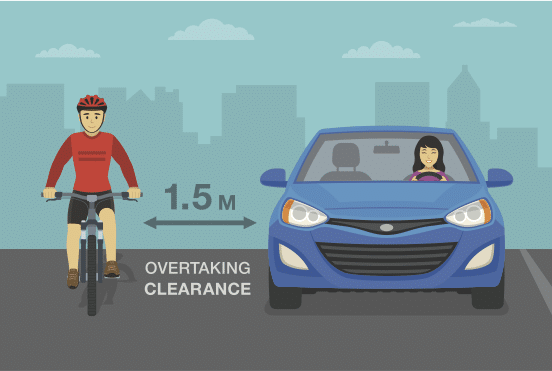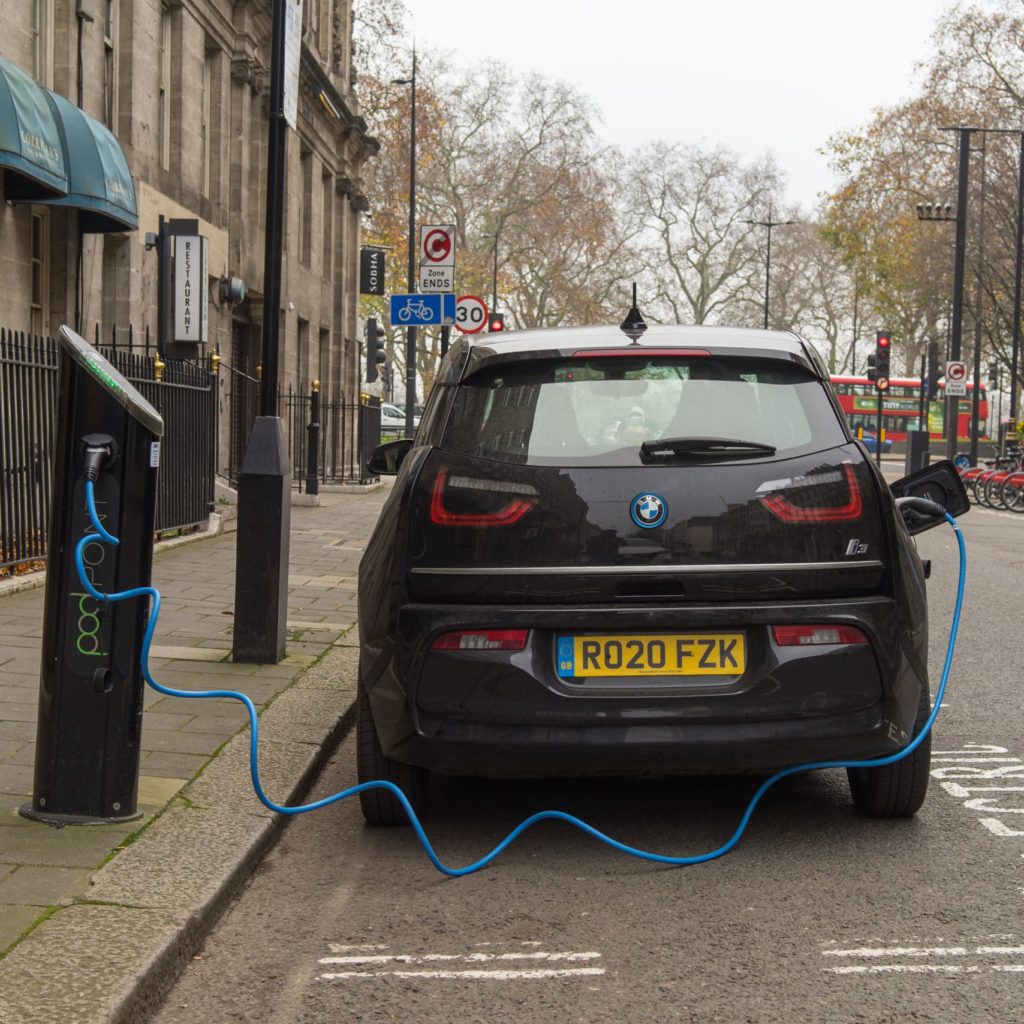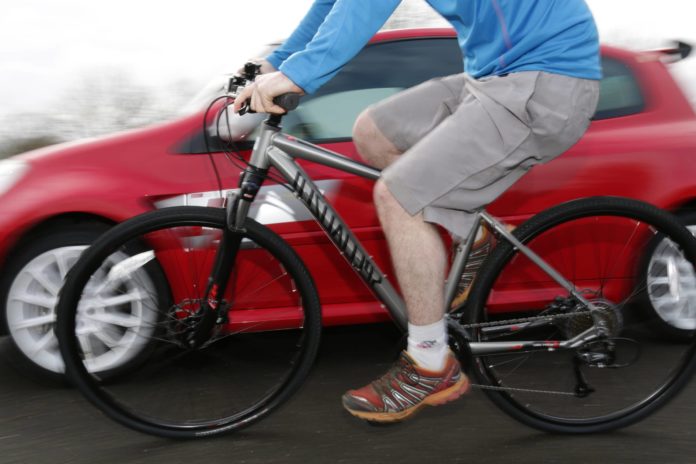Hierarchy of road users
Everyone has a responsibility to use the roads safely, whether they’re walking, cycling, driving or on a motorcycle or a horse. For the first time, there’s now an official hierarchy of road users, with the least vulnerable having a greater responsibility towards the most vulnerable. So as a driver, you now have a greater duty towards pedestrians and cyclists. In theory, nothing has changed because drivers have always had to be careful, but the Highway Code changes mean that in the event of a crash, you can be held to account more easily if you drive poorly.
Pedestrians crossing the road at junctions
Pedestrians have always had the right of way if they’re already on the road. Now, if traffic is turning into a road that a pedestrian is crossing, a cyclist or driver should wait and allow the walker to get to the other side.
The Highway Code changes also provide clarification about rights of way on zebra and parallel crossings. The rules are simple: road users, including motorcyclists and cyclists, must give way to anyone walking or cycling across these crossing types.
Positioning in the road
As a driver, it’s easy to forget just how poorly surfaced some of our roads are, with potholes, drains and debris far from unusual. These cause far more problems for cyclists than drivers. That’s why on busier roads with faster-moving vehicles, cyclists are now advised to keep at least half a metre away from the kerb, and they can ride even closer to the middle of a lane if safe to do so. On quieter roads, in slower-moving traffic and when approaching junctions or road narrowings, cyclists can now ride in the centre of their lane. All of this applies even if there is a cycle lane present, as cyclists don’t have to use them.
Cyclists riding in groups are asked to be ‘considerate of the needs of other road users’, but they can now officially ride two abreast in a lane. This is encouraged when riding in larger groups, or when accompanying children or less experienced riders. However, the advice also says that cyclists have a duty to allow a driver to overtake, by riding in single file or stopping.

Overtaking when driving or cycling
When overtaking a cyclist or horse rider travelling at 10mph or less, a driver can cross a double-white line in the centre of the road to overtake, if there isn’t anything coming in the opposite direction. When overtaking cyclists riding at up to 30mph, a driver should leave a gap of at least 1.5 metres, or more if the motorist is passing at higher speeds.
When passing a horse or horse-drawn vehicle at less than 10mph, or someone walking in the road, you’ll need to leave a gap of 2 metres. If that’s not possible you’re now advised to stay back until it’s possible to leave a gap this big.
The updated Highway Code also says that cyclists can now pass cars on the left or the right, in slow-moving or stationary traffic. Cyclists still have to be careful, but as a driver, you need to now be prepared for cyclists passing on either side.
Cyclists at junctions
Cyclists are now advised to act like any other vehicle when dealing with junctions where there are no specific cyclist facilities in place. This includes positioning themselves in the centre of their lane to make themselves more visible to drivers and prevent traffic from overtaking them when they’re trying to turn. Cyclists going straight ahead at a junction now have priority over traffic waiting to turn into or out of a side road, unless road signs or markings indicate otherwise.
Roundabouts
Drivers and motorcyclists now need to give way to cyclists on roundabouts, so they shouldn’t attempt to overtake them in the lane they’re travelling in. They should also allow cyclists to move across their path as they travel around the roundabout.
Cyclists and horse riders were already allowed to use the left-hand lane of a roundabout no matter which exit they were taking, the Highway Code has been updated to say that drivers have to take extra care when entering a roundabout to make sure they don’t cut across these road users.

Parking, charging and leaving vehicles
When opening the door of your car it’s now recommended that you use a technique called the Dutch Reach. This means opening the door using your hand on the opposite side from the door that you’re opening, so using your left hand to open a door on the right-hand side of your car for example. This will force you to turn your head to look over your shoulder, so you’re more likely to spot cyclists about to ride past. However, the Highway Code revisions also state that cyclists should leave a door’s width (one metre) when passing a parked car in case a door opens in their path.
There are also new instructions for electric vehicle users. The key piece of advice is that drivers should park as close to a charging point as possible so that any cables don’t become a trip hazard for pedestrians. If you think that someone might fall over the cable, you should put out a warning sign near your vehicle. You should also neatly replace the charging cables so they don’t cause a hazard for pedestrians when not in use.
You can read the full version of the Highway Code online for free. While these changes are only advisory so they’re not underpinned by law, failure to comply could be used in evidence in any court proceedings to establish liability. The key is to be sensible, careful and courteous at all times as a driver, and you should stay on the right side of the law.


